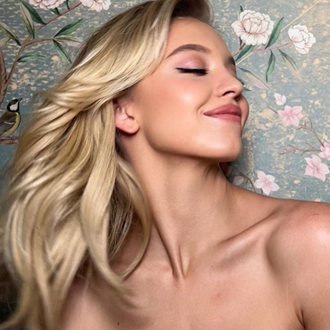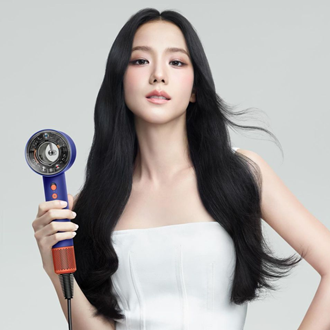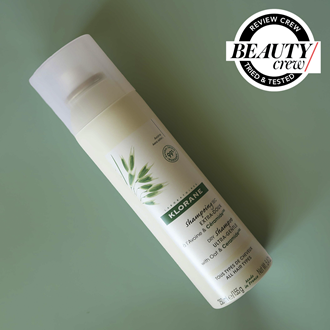The quick way to tell if your hair is healthy
Try this easy at-home strand test
Do you suffer from dry and frizzy hair even though you diligently condition and nourish your hair on a regular basis? Or is your biggest hair issue not so much the health of your hair but rather a lack of volume and bounce?
If either of the above applies, then your hair’s porosity might be to blame. Hair porosity is a term that essentially refers to your hair’s ability (or inability) to absorb and retain moisture. To find out more about hair porosity and the best way to look after your specific hair type, we spoke to international hairstylist, educator and mentor, Alan White from Alan White Anthology for the lowdown.
The difference between low and high porosity
For those still a tad confused about exactly what hair porosity is, White explains that high porosity strands are “full of holes where moisture, water, products, treatments etc. can travel in and out freely through the hair shaft,” whereas low porosity hair refers to the opposite, whereby hair “has no holes so moisture etc. is repelled and finds it difficult to penetrate.” Healthy, vibrant hair has a normal porosity, whereby moisture and products can be soaked into the strands, and won’t immediately escape either.
Traditionally, high porosity hair has a tendency to absorb and lose moisture quickly as hair is often “damaged and the cuticles torn, often from excessive heat styling, over processing colour work or simply down to the fact you are due for a good cut,” explains White. He also says “high porosity hair can look dull and dry, tangles easily and tends to be frizzy.”
Low porosity hair on the other hand “doesn’t absorb moisture easily, usually due to a tight or closed hair cuticle, which means the hair is resistant to, or can’t receive moisture easily,” says White. Telltale signs of low porosity hair are strands that take a long time to dry or look healthy but lack elasticity and volume.
The trick to determine your hair’s porosity
White says the easiest way to determine your hair’s porosity involves taking “a strand of hair and placing it into a glass of water. If the strand floats, the hair’s porosity is low, as it is not absorbing enough water to sink. If the strand takes its time to sink and hangs around the middle of the glass, this indicates the porosity level is normal. Finally, if the strand sinks towards the bottom of the glass and in some cases, quite rapidly, this indicates you have high porosity hair,” he explained.
How to look after low porosity hair
White says that although “hair porosity can be monitored and improved and the hair shaft and cuticle rebuilt,” it takes time and patience. If your hair has low porosity, White recommends “regularly washing hair with a cleansing shampoo to clear away product and natural build up,” followed by a liberal application of a deep penetrating conditioner after each wash before wrapping hair in a hot towel, to open the cuticle to let moisture in. White suggests trying Aveda Dry Remedy Moisturising Masque as he says it will help to seal in moisture and leave hair soft with plenty of shine. We also recommend Morroccanoil Weightless Hydrating Mask and Percy & Reed Perfecting Wonder Overnight Recovery.
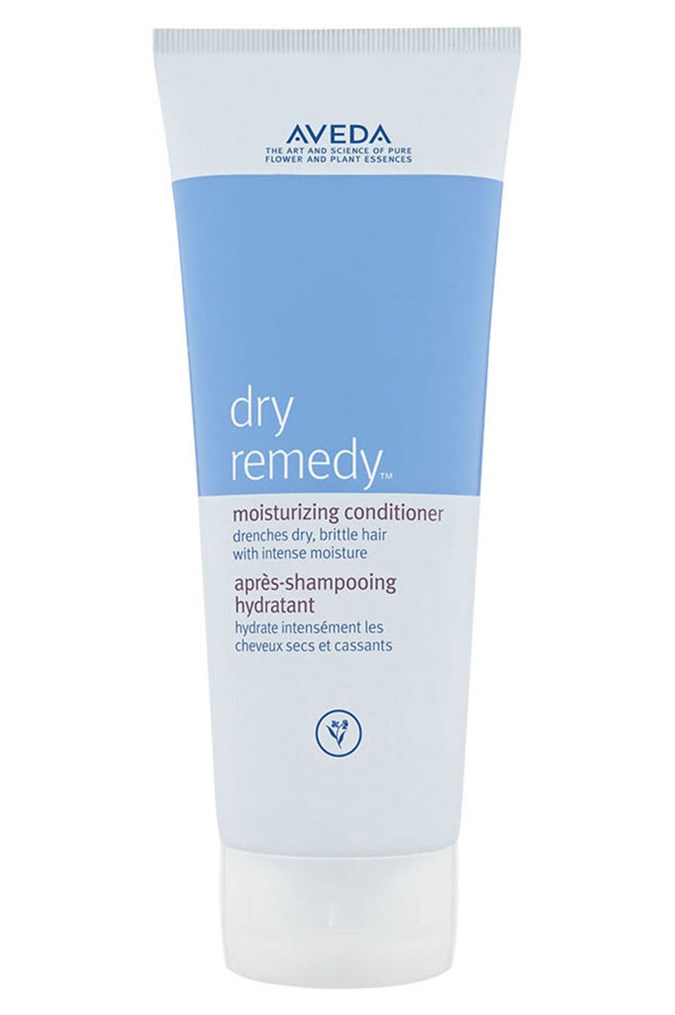
Aveda Dry Remedy Moisturising Masque
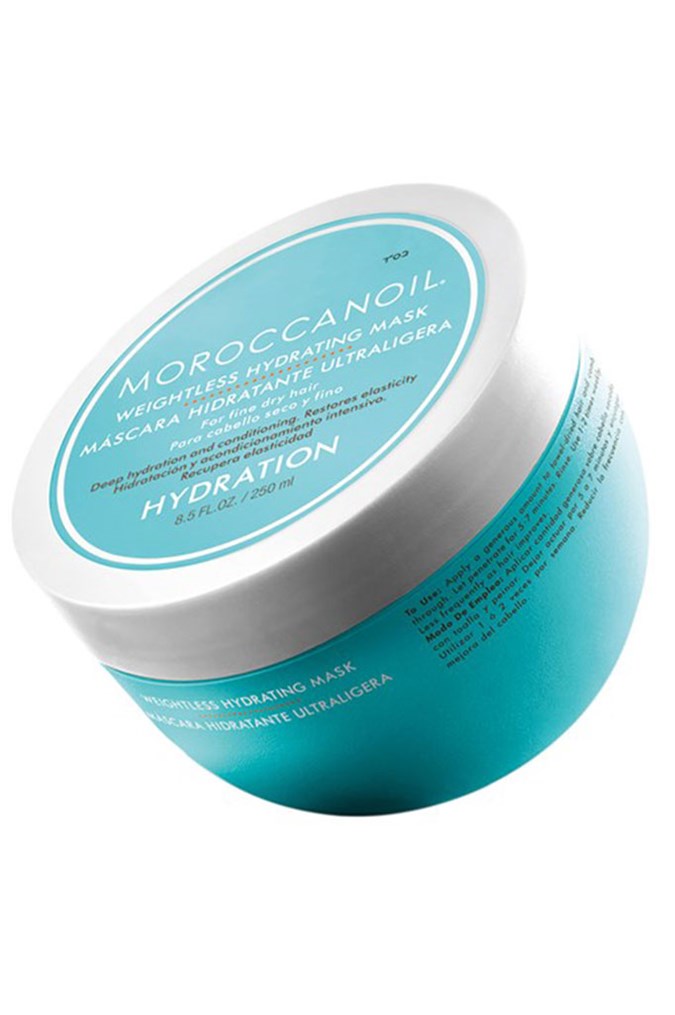
Morroccanoil Weightless Hydrating Mask
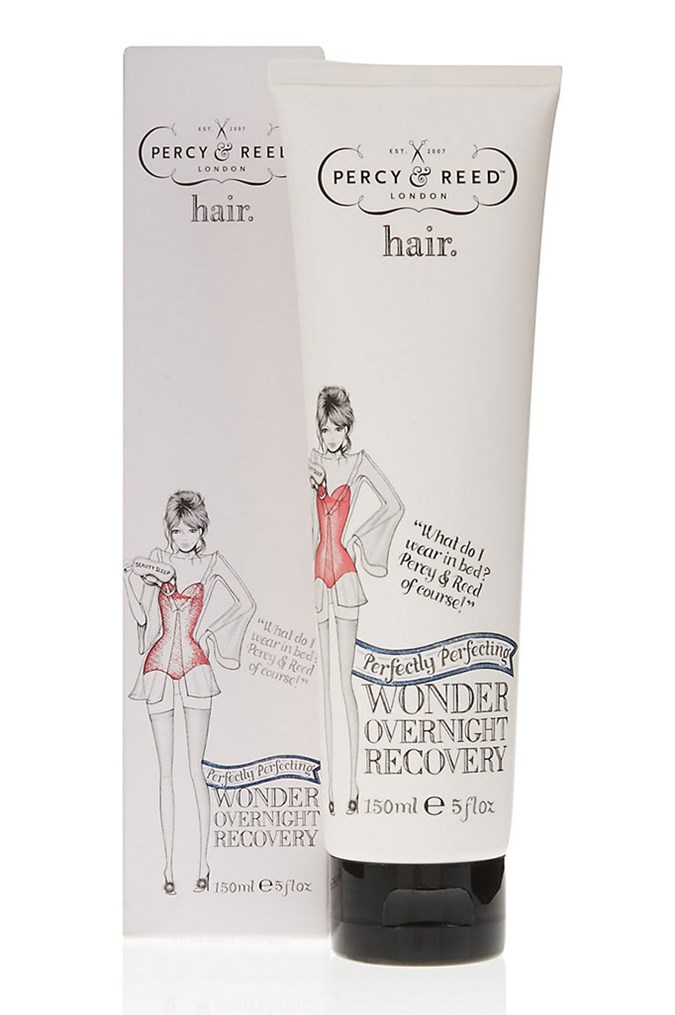
Percy & Reed Perfecting Wonder Overnight Recovery
How to look after high porosity hair
According to White, the most effective way to treat highly porous hair is by using “products that add moisture to close or smooth down the hair cuticle,” as these types of products work to balance the hair’s pH levels. White recommends Oribe Intense Conditioner for Moisture and Control as it instantly helps with damage repair and detangling. We also like John Frieda Frizz Ease Miraculous Recovery Intensive Masque and Iles Formula Haute Performance Conditioner.
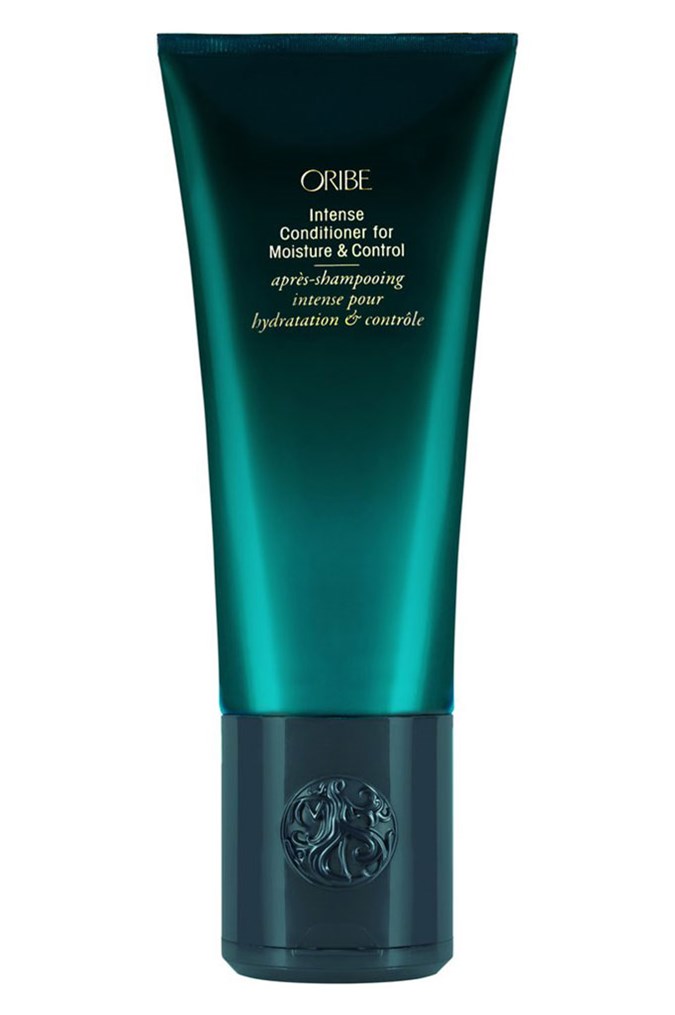
Oribe Intense Conditioner for Moisture and Control
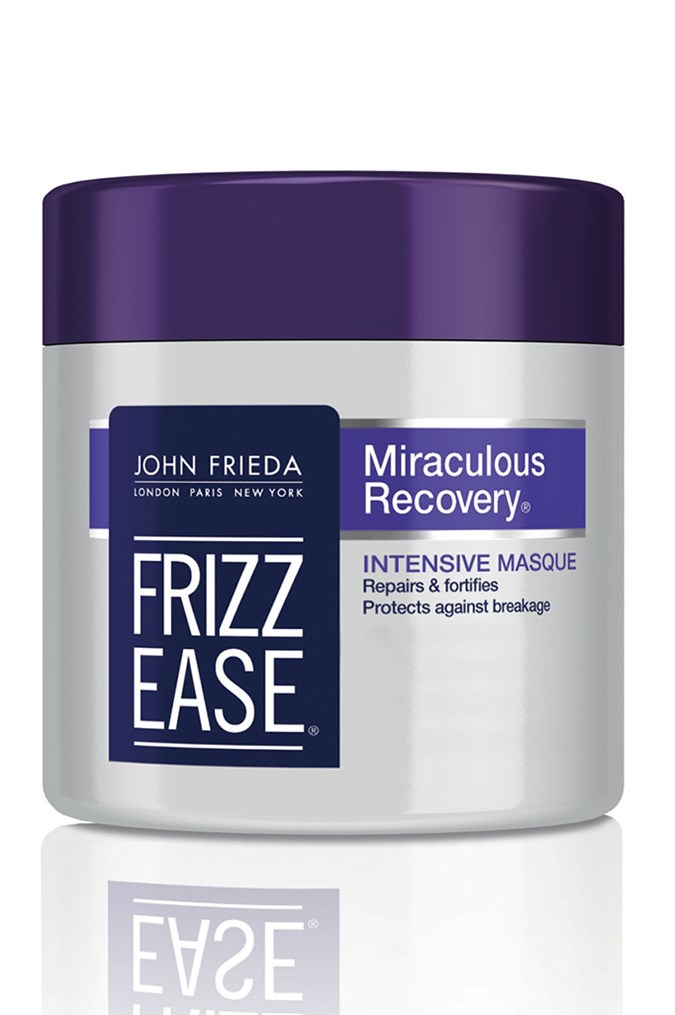
John Frieda Frizz Ease Miraculous Recovery Intensive Masque
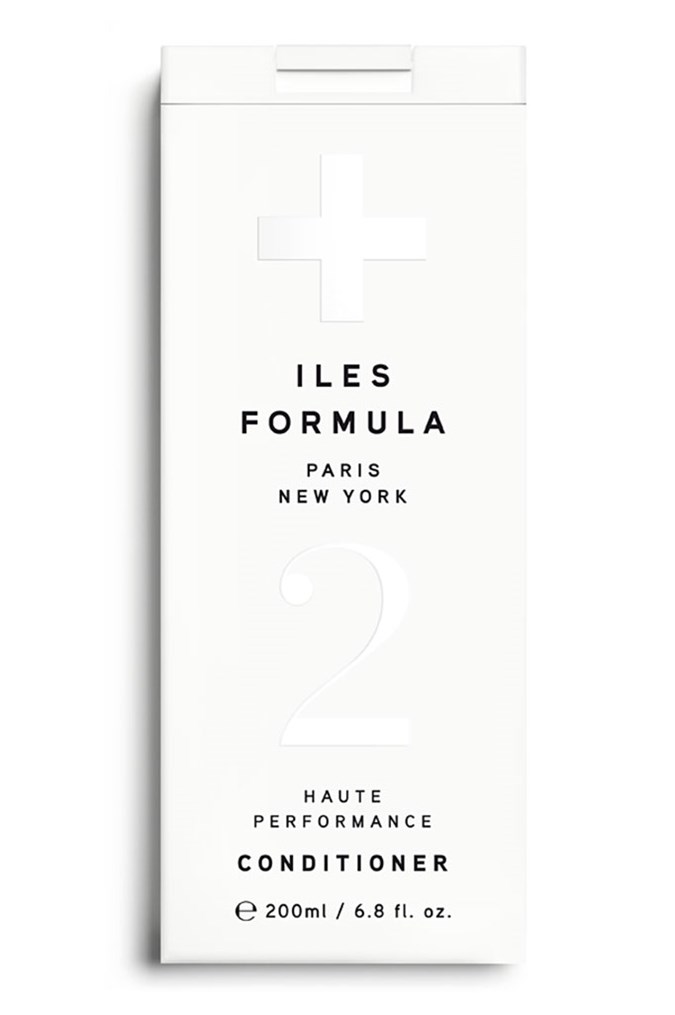
Iles Formula Haute Formula Conditioner
Now that you have your hair’s porosity covered, check out the eight best hair masks for every concern and find out which hair products are worth the splurge.
Image credit: Getty

Kate started working for BEAUTYcrew in early 2016, first as a contributor, and was then named Beauty Writer in 2017. She loves picking the brains of the industry's top experts to get to the bottom of beauty's toughest questions. Bronze eyeshadow palettes are her weakness and she's forever on the hunt for the perfect nude nail polish to suit her fair skin. Her words can also be found in Men's Health magazine, and she now works in PR.




